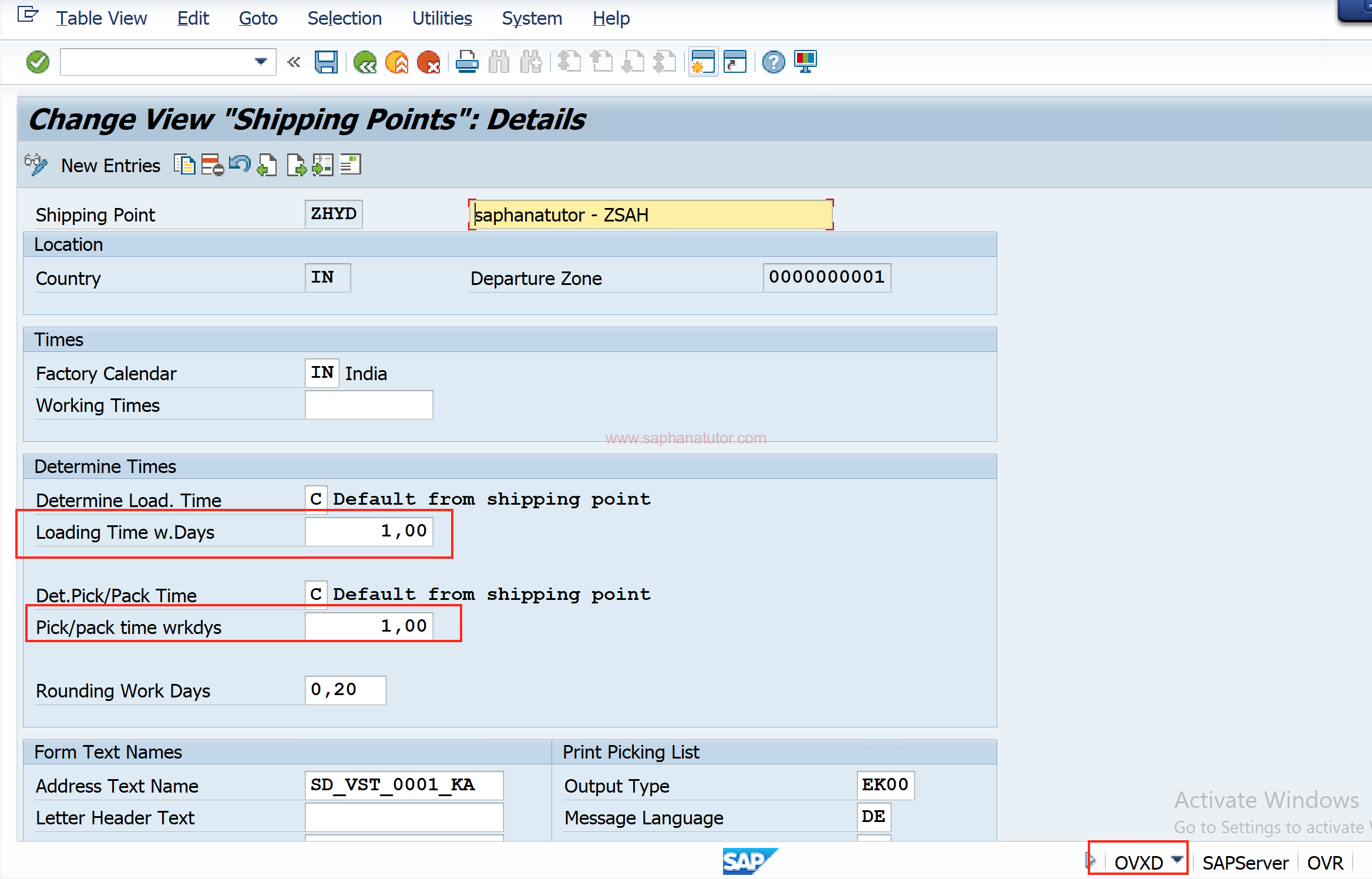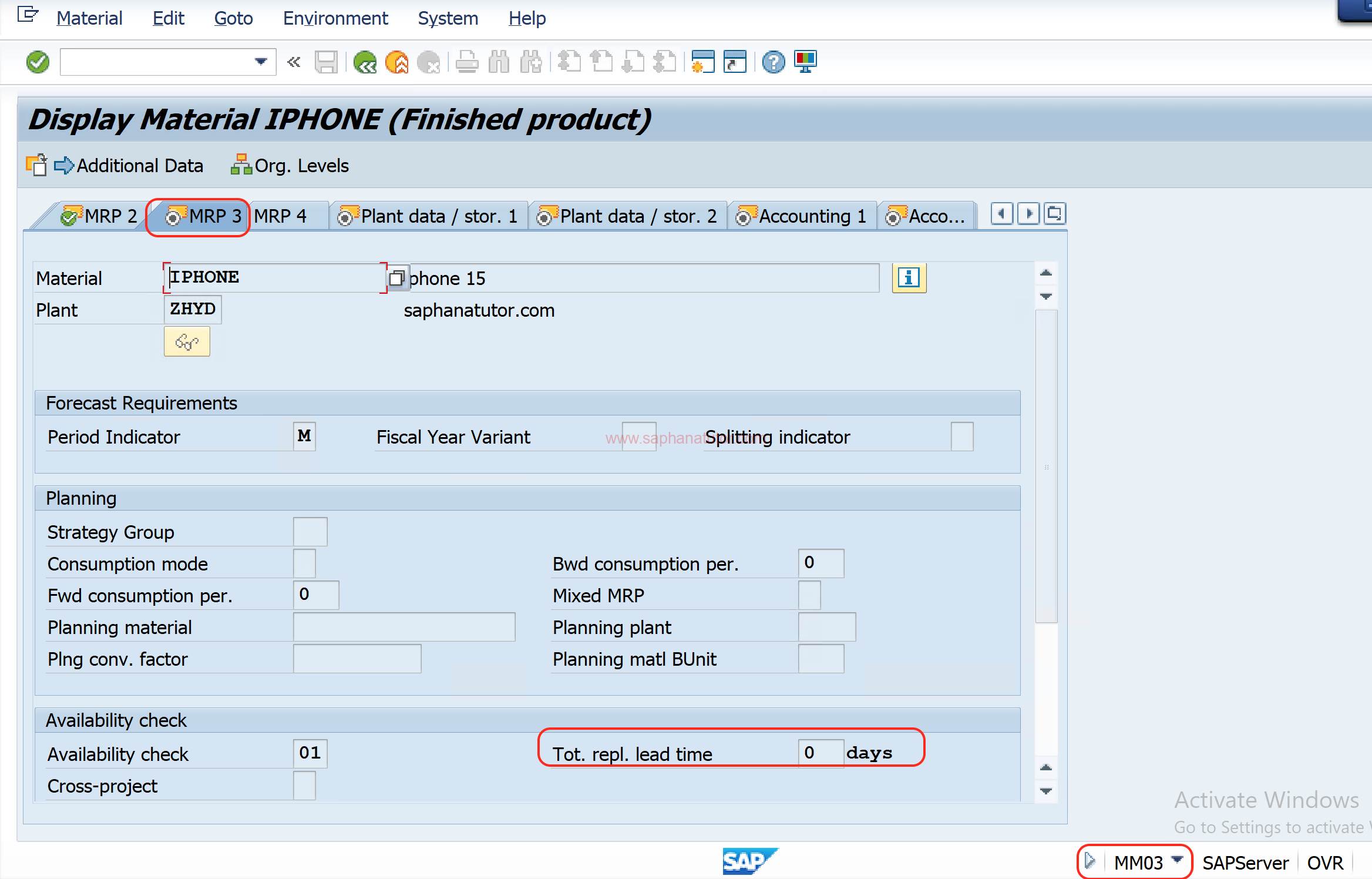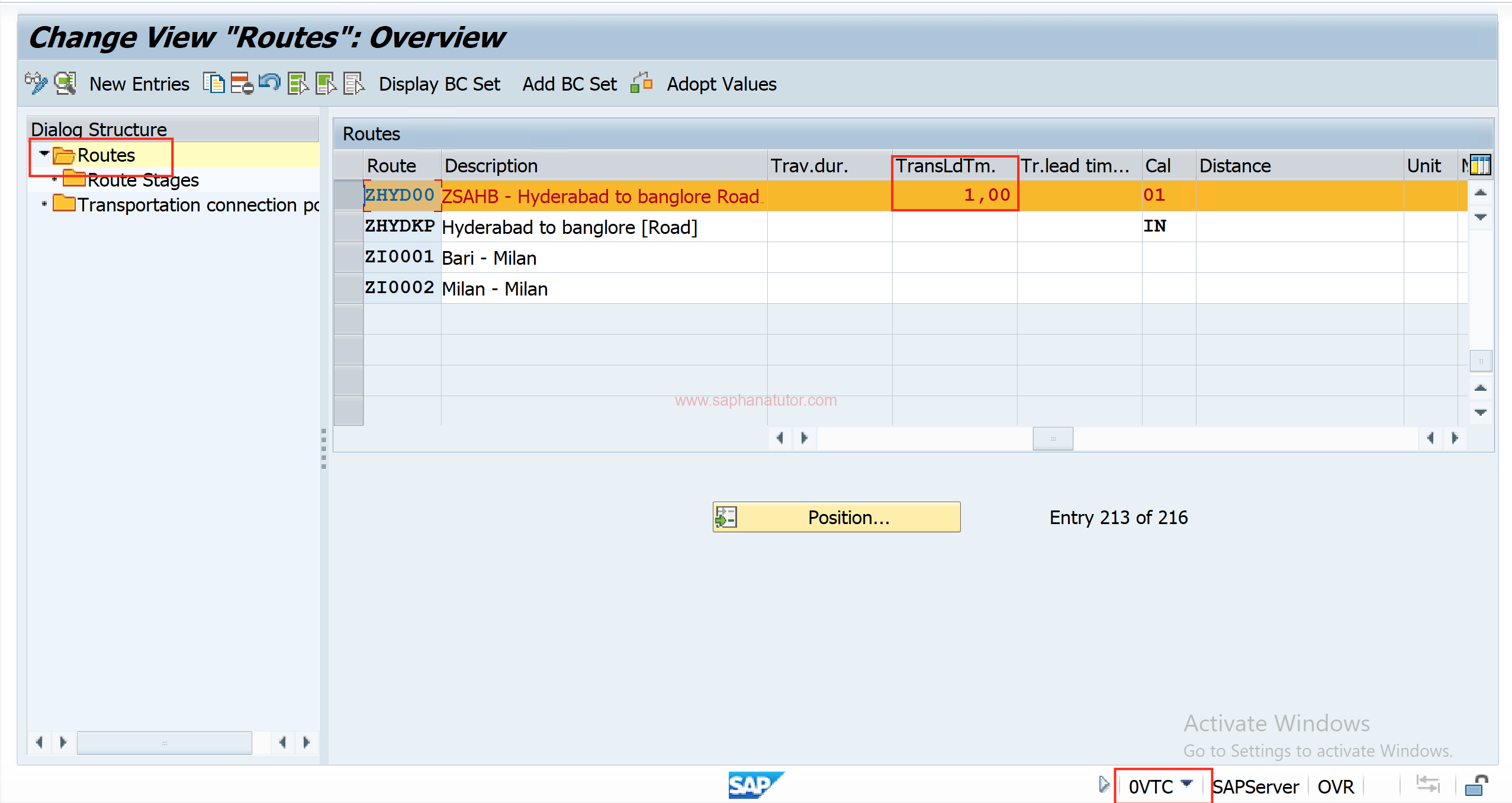Delivery Scheduling in SAP is essential in supply chain management as it ensures that products are picked, packed, and delivered in a timely manner. The parameters involved in delivery scheduling are pick/pack time, loading time, replenishment lead time (RLT), transportation lead time, and transit time.
This SAP Sd tutorial blog post will explains the step-by-step process of delivery scheduling in SAP.
Understanding Delivery Scheduling in SAP: A Step-by-Step Guide
Delivery scheduling is a critical component of supply chain management in SAP. It ensures the timely movement of goods from the warehouse to the customer. In this blog post, we’ll dive into the Delivery Scheduling process, breaking down each step to help you understand how it’s executed within the SAP system.
What is Delivery Scheduling?
Delivery Scheduling in SAP is the process that calculates the delivery dates and quantities for sales orders. It is a multi-step procedure that takes into account various time components and calendars to ensure efficient logistics operations.
Key Components of Delivery Scheduling
- Pick/Pack Time: The duration taken to pick the materials from storage and pack them for shipping.
- Loading Time: The time allocated to load the packed goods onto the transport vehicle.

- Replenishment Lead Time (RLT): This is the total time required to manufacture or procure the finished goods. We maintain this in Material Master MRP 3 View.

- Transportation Lead Time: The time it takes to arrange the transportation, typically involving trucks. We maintain transportation lead time in the Route. To check, open Route (0VTC)

- Transit Time: The duration for the delivery of goods from the plant to the customer. We maintain this in the Route.
Note : The system will consider the replenish lead time only if stock is not available.
The Process of Delivery Scheduling in SAP SD
1. Backward Scheduling
Backward scheduling starts from the Customer requested delivery date and calculates backward to determine the latest possible date when the pick/pack and loading processes must start.
2. Forward Scheduling
If backward scheduling fails because the timeline is not feasible, the system switches to forward scheduling, starting from today’s date and scheduling forward to meet the delivery requirements.
Scenarios in Delivery Scheduling
- Scenario 1: Stock is available, and the system performs backward scheduling successfully.
- Scenario 2: Partial stock is available, leading to a combination of backward and forward scheduling.
- Scenario 3: No stock is available, so the system relies entirely on forward scheduling.
Calendars in Delivery Scheduling
- Factory Calendar: Assigned to the plant and shipping point, it plays a crucial role in calculating dates.
- Customer Calendar: Determines the transit time and is considered in delivery scheduling.
Step-by-Step Process
Let’s explore a detailed example of how delivery scheduling works in SAP:
- Sales Order Entry: A sales order is entered into the system with a requested delivery date.
- Backward Scheduling: The system starts with the requested delivery date and calculates backward to find the latest start date for pick/pack and loading.
- Check Availability: The system checks if the stock is available to meet the order.
- Forward Scheduling: If the stock is not available, the system calculates the earliest possible delivery date based on current stock levels.
- Confirmation: Once the scheduling is complete, the system confirms the delivery dates and quantities.
Based on the provided images, let’s explore the example outlined for delivery scheduling in SAP:
Example of Delivery Scheduling in SAP
In the given scenario, we have the following parameters:
- Stock (X): 100 units available.
- Order Quantity: 10 units requested.
- Requested Delivery Date: 13/07 (assumed to be July 13th in this context).
- Pick/Pack Time: 1 days.
- Loading Time: 1 days.
- Replenishment Lead Time (RLT): 0 days.
The goal is to determine when the pick/pack and loading processes should start to meet the customer’s requested delivery date.
Backward Scheduling
Backward scheduling works by calculating the time needed to prepare an order for shipping and then scheduling these activities in reverse from the customer’s requested delivery date.
- Starting from the requested delivery date (13/07), we subtract the loading time (1 days) to determine when loading should be completed.
- Next, we subtract the pick/pack time (1 days) from this date to determine when the picking and packing process should start.
If this date is before or the same as today’s date, the scheduling is successful. If not, it means we can’t meet the requested delivery date with the current stock and lead times.
Forward Scheduling
If backward scheduling is not successful, forward scheduling is applied. It starts from today’s date and adds the pick/pack time, loading time, and any other necessary lead times to determine the earliest possible delivery date.
- Starting from today’s date, we add the pick/pack time.
- Then we add the loading time.
- Finally, we check if the replenishment lead time is required. If the stock is available (as it is in this case, since we have 100 units and only 10 are ordered), we may not need to consider the RLT.
The result will give us the earliest possible delivery date that can be promised to the customer based on current conditions.
Conclusion
The process of delivery scheduling in SAP is essential to ensure that customer demands are met efficiently. It helps companies plan their inventory and logistics operations effectively to avoid delays and ensure customer satisfaction.
By following the steps of backward and forward scheduling, SAP users can determine the feasibility of meeting delivery dates and take necessary actions if any adjustments are needed. This example demonstrates how these scheduling methods work together to find a solution that aligns with both the company’s capabilities and the customer’s needs.
